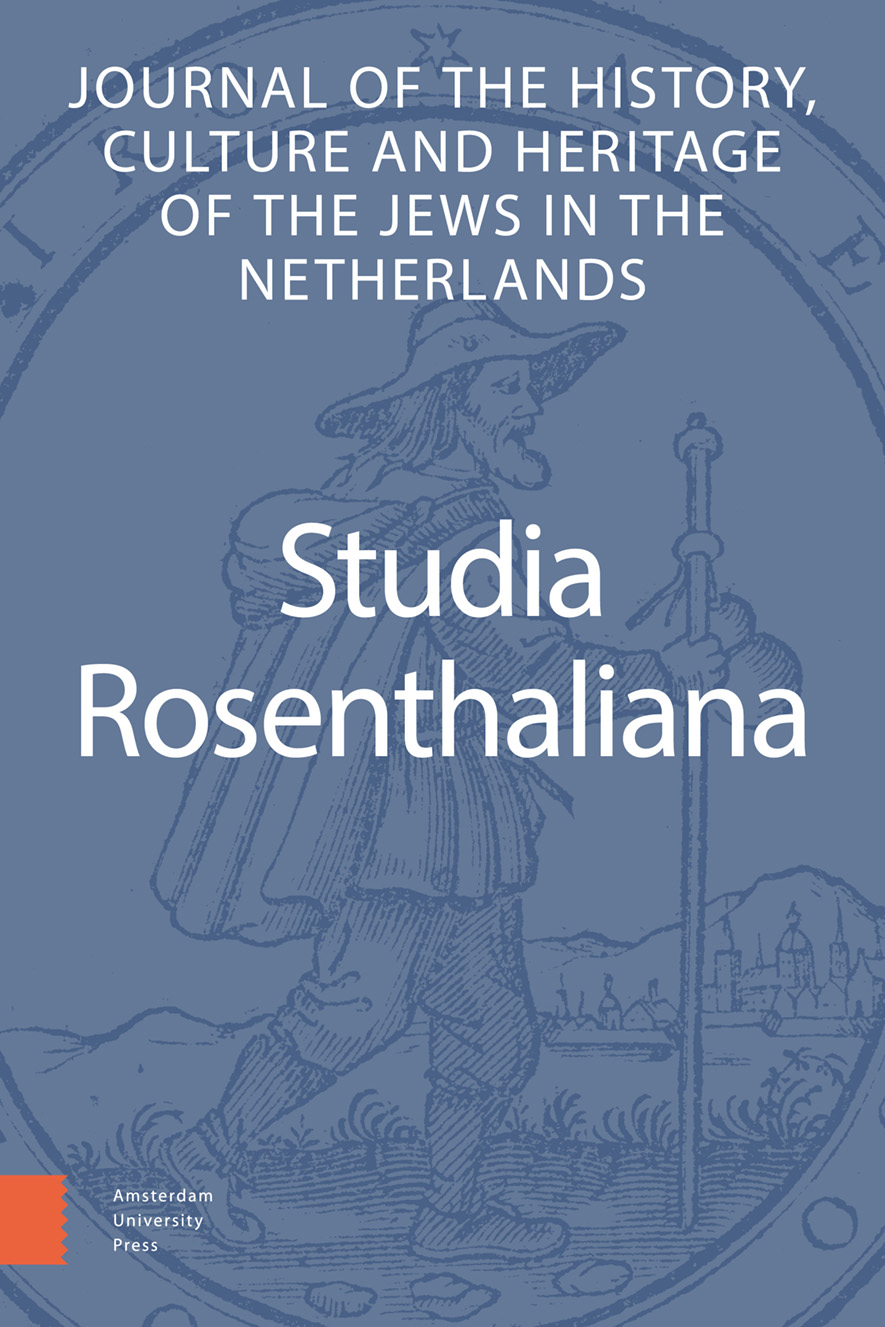-
oa How the Ashkenazi Community in Amsterdam Dealt with Religious Laxity in the Generation Preceding the Emancipation
- Amsterdam University Press
- Source: Studia Rosenthaliana, Volume 49, Issue 2, Dec 2023, p. 164 - 194
-
- 01 Dec 2023
Abstract
As some historians have noted, already in the 1770s a significant group within the Ashkenazi community in Amsterdam had forsaken the benches of the study house and the synagogue and abandoned traditional Jewish clothing in favor of the temptations of the leisure culture of the big city: theaters, dance parties, taverns, reading modern novels, and wearing the finest of European fashion. At the same time, they had become lax in the observance of the mitzvot.
In this article I describe the various aspects of this phenomenon in the 1770s and the 1780s, based on writings by the members of the community, and the records of the community. I also examine how the leadership of the Ashkenazi community in Amsterdam tried to contend with this phenomenon, during those years.
The community found it difficult to enforce sanctions against the new behavior adopted by many, which were not considered clear offenses. Along with the existing strategies, it had to resort to new approaches to try to curb the new trend.


